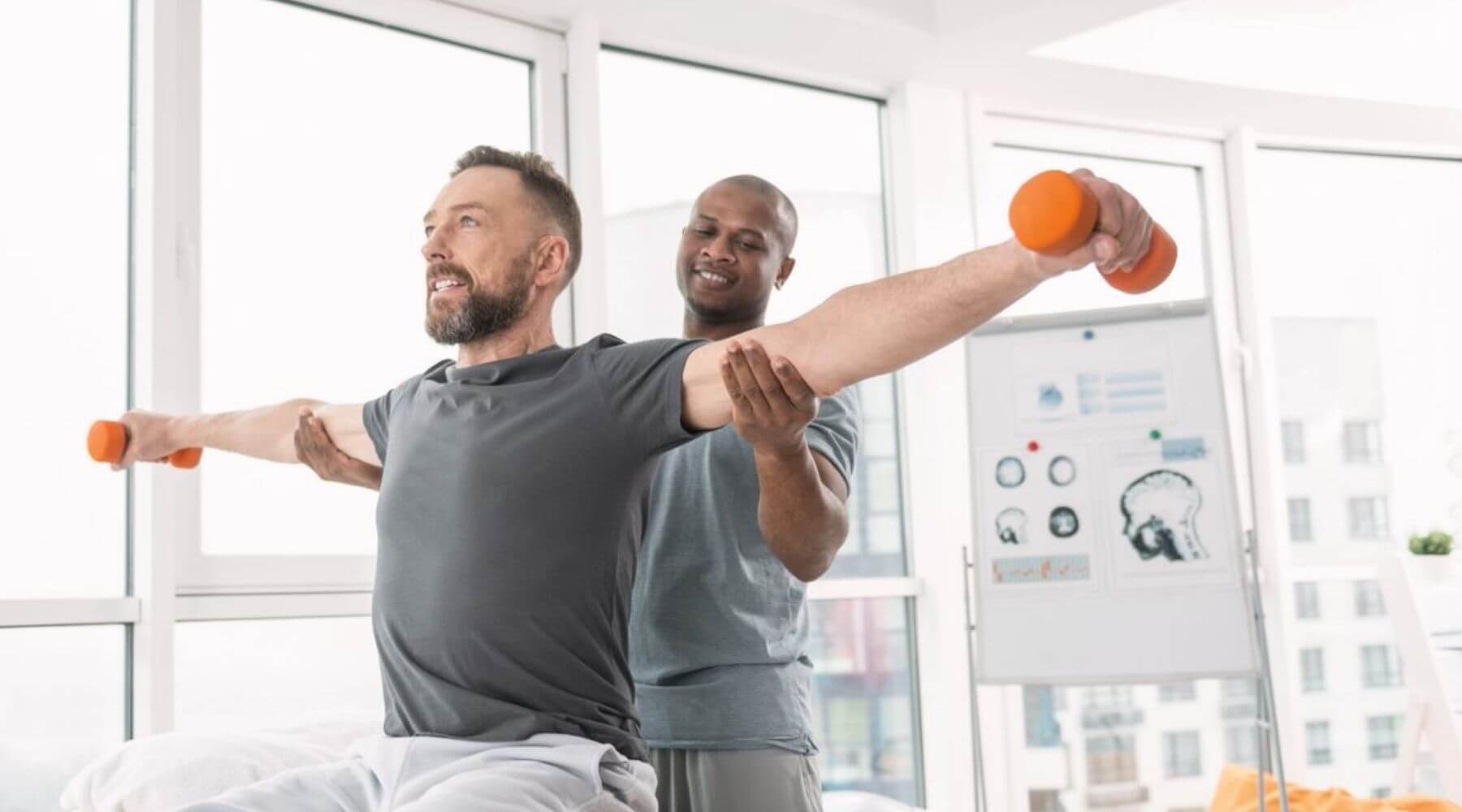Mastering this art of ergonomics is paramount for implementing professional environments that advance comfort and work output. Applied ergonomics is the methodology of engineering work environments, apparatus, and responsibilities to fit the capabilities of workers. By addressing how users utilize their surroundings, businesses can reduce discomfort and avoid repetitive stress disorders. An ergonomic workspace supports efficient movement and lessens strain, which can contribute to improved performance and satisfaction among staff members.
One important element of ergonomic planning is the organization of workstation elements and equipment. Work surfaces should be at a position that enables employees to remain seated with their forearms at a 90-degree angle while typing. Seating options should deliver proper lumbar stability for the lower back, supporting neutral positioning. Additionally, screens should be aligned at neutral gaze level to avoid cervical tension. By ensuring that these ergonomic components are properly adjusted, workers can maintain a ergonomic position throughout their assignments, reducing fatigue and enhancing concentration.

Another critical consideration in an well-designed workspace is the use of supportive devices and hardware. This includes keyboards, mice, and other devices crafted to limit cumulative trauma disorders. For instance, using an orthopedic typing device can contribute to relieve wrist pain caused by repetitive typing. Furthermore, ergonomic seating and sit-stand desks allow employees to change their position throughout the day, which can relieve postural fatigue and amplify alertness. Allocating resources toward quality ergonomic furnishings can lead to sustainable work habits and improved productivity rates.
Lighting is also a critical pillar in occupational planning. Balanced lighting can diminish visual fatigue and enable workers to concentrate on their work activities. Daylight is ideal, but if that is not available, using task-specific artificial lighting can aid maintaining a functional atmosphere. It is important to avoid harsh fluorescent lights that may induce visual discomfort or fatigue. By ensuring adequate lighting, employers can create an environment that advances both visual ergonomics and work quality.
In closing, encouraging regular breaks is vital for preserving an healthy workspace. Encouraging employees to take timed breaks can aid alleviate fatigue and mental overload. During these breaks, users should be encouraged read to move around or change location to improve physical engagement. Structuring scheduled break times can facilitate build a routine that protects human performance without compromising productivity. Ultimately, applying ergonomics in look at here the workplace not only improves well-being but also fosters a more engaged work culture where team members can thrive.